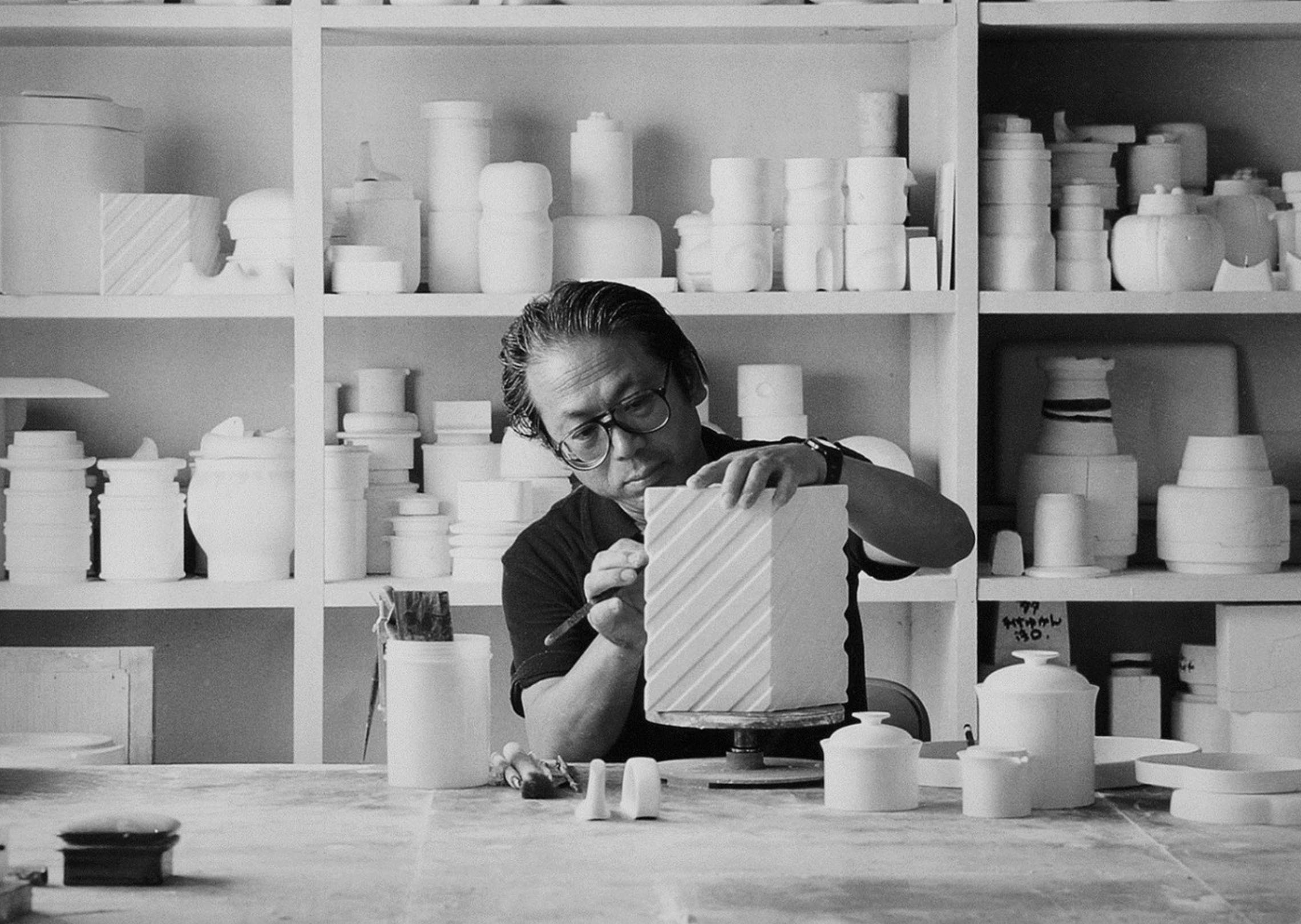Among post-war Japanese designers, who helped build a new collective identity in which the Japanese could find themselves without abandoning their roots, while embracing a modernity partially imposed by the American occupying forces, a name stands out, although for many it may not sound too familiar: Masahiro Mori.
To summarize his impact: the Japanese tables would never be the same again.
After having taken the first steps in the Arita furnaces and having studied ceramics at Tama Art University, Mori associates his name immediately, in 1955, with Hakusan, the company with which he will share all his most important experiments and his major successes, which will lead him to collect the impressive number of 111 Good Design Awards (the single person most awarded ever) and to consecrate him in the Olympus of designers who have forged modern Japan.

















